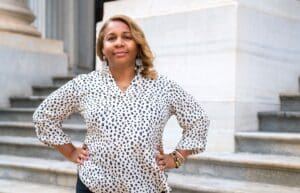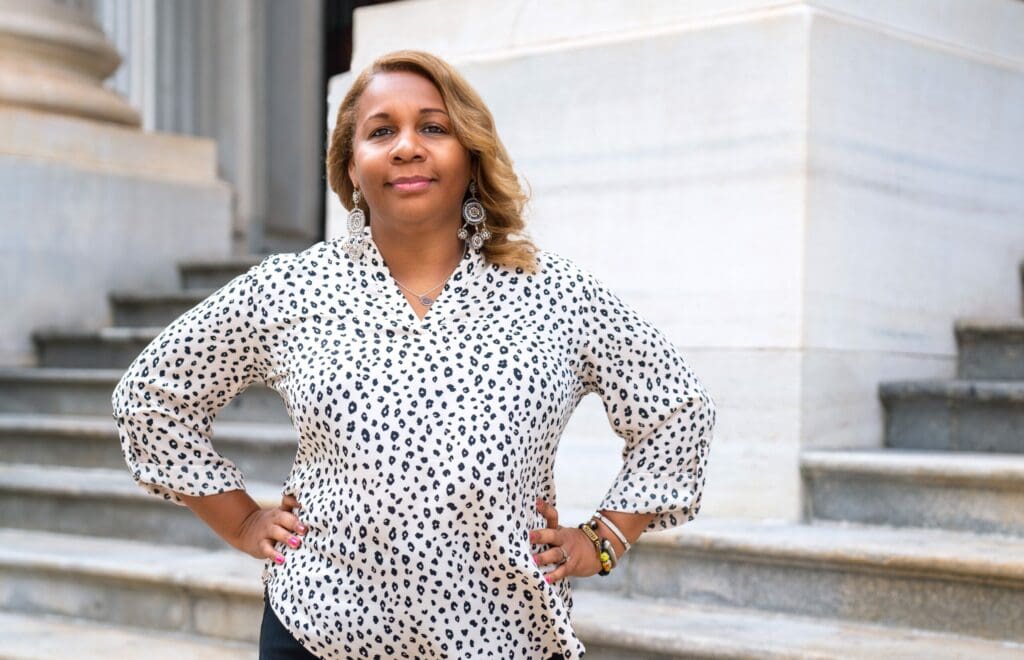JUNE 2024 | DR. CHRISTINA KISHIMOTO

Voice4Equity welcomes Dr. Meisha Porter, President and CEO of the Bronx Community Foundation. During her discussion with Dr. Kishimoto, Dr. Porter discusses her experiences as a principal of the Bronx School for Law, Government, and Justice, highlighting the importance of community-led education and involving local residents in the educational process.
The following transcript has been edited for length and clarity.
Dr. Kishimoto
Welcome to The Stories We Tell, June edition. I’m Dr. Christina Kishimoto, your host, and I have an incredible guest with me today, Dr. Meisha Porter. She is the CEO and the president of the Bronx Community Foundation. And just by the name of that, you grabbed my heart. How are you doing, Meisha, welcome?
Dr. Porter
I’m so well and so glad to be on with my sister from the Bronx.
Dr. Kishimoto
I’m excited because I’d love for people to know a little more about your story if they don’t know you. Though, I don’t know how they can’t know you! Especially if they’ve passed through New York. I mean, you’ve held everything from teacher roles to principal roles, Superintendent roles, and community roles. You’ve been a resident of the Bronx and engaged in important policy matters in New York and nationally.
So, I’d love to dig in a little bit, learn a little more, and share some of the work you’ve been doing. What’s interesting is you and I met a while ago. I was in Hartford Public Schools. You were in New York. You were a school principal of the Bronx School for Law, Government and Justice. And I was meeting you for the first time because I wanted to hear about your best practice school. Can you tell us a bit about founding that and that work?
Dr. Porter
Well, listen, Christina, first of all, my favorite job was being a principal. I love that school. I love everything about it. And probably a big part of it was that I was a part of the birth and origin story of that school. That’s why this work I’m doing now is full circle. So, that school grew out of a community process. They were building a new Supreme Court complex in the Bronx. I was 19 years old and part of a youth group. And we were like, we don’t need any more jails. We need schools. And what was really interesting was you have your kind of ideas as a young person about what a courthouse means. And then we started engaging with the people who actually worked in the courthouse and in the court system, and a good friend to this day, who was a lawyer at the time, got connected with us. And he was like, let me tell you why a courthouse matters. And so we understood why we needed the courthouse, but we also understood that the courthouse had to become a learning place for young people. And so, the vision behind the school was how do you create a space where young people learn about the system not by going through it, but by partnering with it? And that’s what we did at Law and Government. We created relationship experiences for young people to learn the inner workings of a court system and what potential career opportunities were there for them. It was my favorite job, and it demonstrated the power of young people, the power of community, and the power of activation around an idea.

